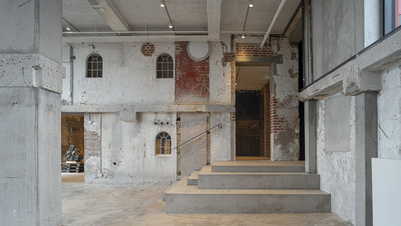Reconciling Climate Change Reduction long-term objectives with Daily Human Health and Wellbeing
Room A.411
Philip de Langes Allé 10
1435 Copenhagen K
Simulation of the future, data collection in the present.
Lecture by Parag Rastogi with an introduction by Emanuele Naboni.
As designers, planners, and engineers of the built environment, we are increasingly encouraged to think of the long term. And rightly so. Life cycle environmental impacts, carbon costs, economic benefits and costs, and other similar considerations are important aspects of sustainable design.
A proper accounting of these is difficult but necessary. Yet, it is the day-to-day operations of a building that the most important stakeholders – the occupants – actually experience. It is rare to sacrifice comfort for some higher ideal of life cycle carbon accounting.
The challenge, then, is to design a complex, sustainable, building to last decades but deliver a comfortable and healthy indoor environment every day. In this seminar, we will discuss approaches to reconciling these apparently contrasting timescales with modern approaches to design with simulation, and data collection. We will move across timescales from decades in the future, to the end of today’s working day.
We will begin by discussing a performance-simulation-based design that works well with reasonably accurate predictions of the changing climate. Current practice is to select a small set of ‘representative’ future climates (typical weather) and use this small sample of outputs to make decisions. We show that, instead, simulating for a large sample of possible future climates is a robust approach.
In the second part, we will discuss how ubiquitous sensing and automated analysis can inform better building operations. We will contrast the reality of Energy-centric operational thinking with the potential of human-centric operation and design. We will discuss challenges and solutions around data collection and human wellbeing.
About the speaker
Dr Parag Rastogi is a building scientist with a background in civil engineering. He is the Lead Building Physicist at arbnco, a property-technology company based in Glasgow, UK.
His work supports building owners and managers improve operational building performance. Parag’s research and development activities focus on integrating building physics and meteorology with modern statistics and machine learning methods to analyse simulated and measured data from the built environment. Parag completed his PhD at EPFL.
He is a visiting scientist at the RIKEN Center for Advanced Intelligence Project, Tokyo, Japan, and a visiting instructor at CEPT University, Ahmedabad, India.


